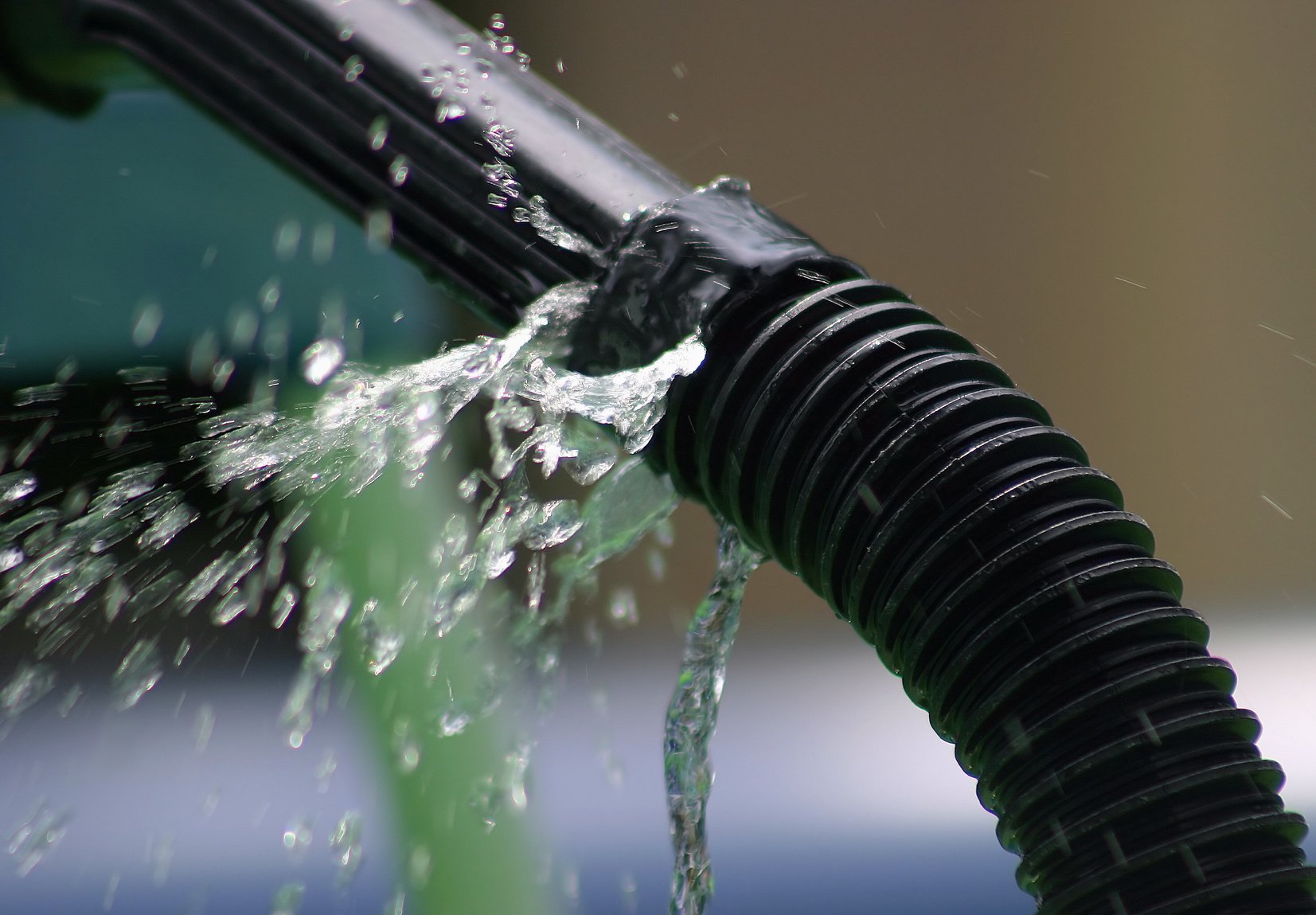Getting to Know The Factors Behind Water Leaks Are So Common Within Your Residence
Getting to Know The Factors Behind Water Leaks Are So Common Within Your Residence
Blog Article
Were you looking for suggestions about How to detect water leaks in your home?

Leakages not just trigger waste of water yet can also create unneeded damage to your home and promote unwanted organic development. Sadly, water leakages may go undetected because the majority of the pipework in our house is concealed. By looking and also understanding for day-to-day circumstances that create leakages, you can safeguard your house from future leaks and unneeded damages. Today, we will look at six leakage triggers that may be creating your pipelines to trickle.
Immediate temperature level changes.
Severe temperature changes in our pipelines can create them to broaden and contract unexpectedly. This development and contraction might cause fractures in the pipelines, particularly if the temperature level are below freezing.
Corroded water supply
As time passes by, your plumbing system ages as well as corrosion such as corrosion may start eating away the pipelines. This could be the reason for discoloration or warping on your water pipes. This asks for an assessment with your plumber immediately. Consider replacing the pipes since they are at a higher danger of corrosion than the more recent versions if our plumbing system is old.
Malfunctioning Pipeline Joints
The point at which your pipelines attach is frequently the weakest web link in the waterline. Pipe joints can deteriorate over time, leading to water leaks. Unfortunately, most of pipeline joints are not conveniently noticeable. If you have loud pipes that make ticking or banging sounds, particularly when the hot water is turned on, your pipe joints are most likely under a lot of stress. It is suggested to have your plumber examine your system yearly.
Trespassing origins
Most water leaks begin outside the residence rather than inside it. You could discover damp spots or sinkholes in your yard, and that might mean that tree origins are getting into water lines creating water to seep out.
Poor Water Connectors
At times, a leakage can be brought on by loose tubes and also pipes that supply your home appliances. Typically, shifting is what triggers the loose water Links. You may discover when it comes to a washing maker, a hose might spring a leak due to trembling during the spin cycle. In case of a water connections leak, you may notice water running straight from the supply line or puddles around your home appliances.
Blocked Drains
Clogged drains could be annoying and also inconveniencing, but they can in some cases wind up triggering an overflow bring about rupture pipelines. Keep getting rid of any products that might go down your drains that might obstruct them to prevent such hassles.
All the above are causes of leakages but not all water leaks arise from plumbing leakages; some leaks may originate from roofing leaks. All leaks should be fixed promptly to stay clear of water damages.
Leaks not only cause waste of water however can also create unnecessary damage to your residence and also promote undesirable natural growth. By recognizing as well as looking for everyday scenarios that create leakages, you can secure your residence from future leakages and unneeded damages. Today, we will certainly look at 6 leak triggers that may be triggering your pipes to drip.
At times, a leak can be triggered by loosened pipes and pipelines that provide your home appliances. In instance of a water connections leak, you might observe water running directly from the supply line or puddles around your devices.
How To Check For Water Leak In Your Home
How To Check for Leaks
The average household's leaks can account for nearly 10,000 gallons of water wasted every year and ten percent of homes have leaks that waste 90 gallons or more per day. Common types of leaks found in the home are worn toilet flappers, dripping faucets, and other leaking valves. These types of leaks are often easy to fix, requiring only a few tools and hardware that can pay for themselves in water savings. Fixing easily corrected household water leaks can save homeowners about 10 percent on their water bills.
To check for leaks in your home, you first need to determine whether you're wasting water and then identify the source of the leak. Here are some tips for finding leaks:
Take a look at your water usage during a colder month, such as January or February. If a family of four exceeds 12,000 gallons per month, there are serious leaks.
Check your water meter before and after a two-hour period when no water is being used. If the meter changes at all, you probably have a leak.
Identify toilet leaks by placing a drop of food coloring in the toilet tank. If any color shows up in the bowl after 10 minutes, you have a leak. (Be sure to flush immediately after the experiment to avoid staining the tank.)
Examine faucet gaskets and pipe fittings for any water on the outside of the pipe to check for surface leaks.
Undetected water leaks can happen without the home or business owner even realizing. If you suspect a water leak, but not able to find the source. It is time to contact a professional water leak detection service, The Leak Doctor.
How To Find a Water Leak In Your Home
https://www.leakdoctor.com/blog/How-To-Check-For-Water-Leak-In-Your-Home_AE197.html

I have been very fascinated with Most Common Causes of Leaky Pipes and I am praying you enjoyed my blog post. I beg you take the time to distribute this blog entry if you enjoyed reading it. Thank you so much for your time spent reading it.
For quick fixes, call! Report this page